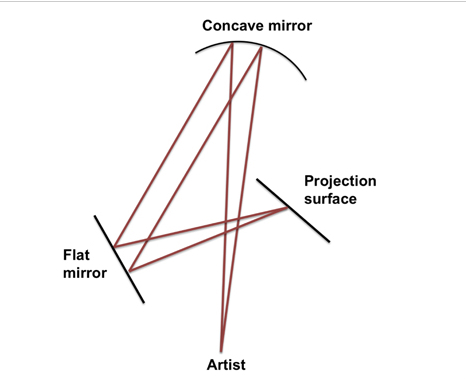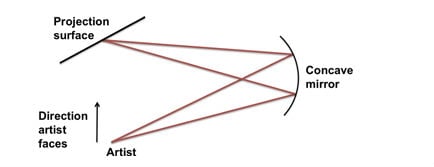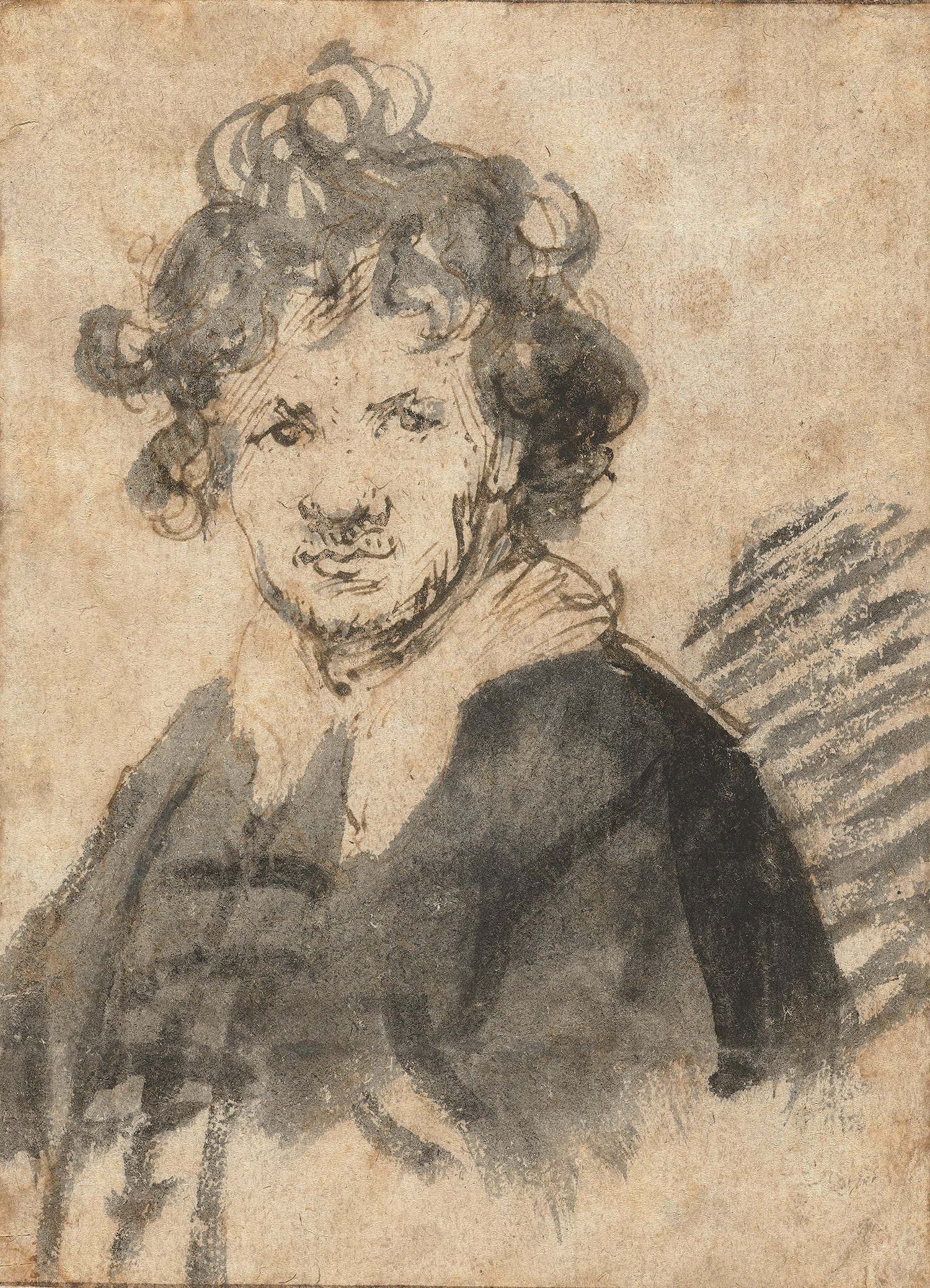Art World
New Study Claims that Rembrandt Used Projection Technique to Create His Masterpieces
Did the master painter draw around his reflection to create self-portraits?
Did the master painter draw around his reflection to create self-portraits?
Amah-Rose Abrams

Is there no end to the genius of Rembrandt? His paintings, revered as game-changing masterpieces, are beloved the world over in no small part for his breathtaking skill. However, a new study proposes that Rembrandt used a clever combination of mirrors to generate a reflected image which he then drew around to create his self-portraits.
Oxford-based artist Francis O’Neill undertook a study with London-based Sofia Palazzo Corner to further explore this theory long held by O’Neill. Published in the Journal of Optics, the study, which looked into the technology that might have been available at the time, demonstrates how the Dutch master may have achieved his stunning lifelike results.
“David Hockney, and a physicist, Charles Falco, first put forward the idea that the Old Masters may have used optics to help with realism and accuracy in the year 2000,” O’Neill told the Daily Mail.

A scientific diagram of the technique Rembrandt may or may not have used. Photo courtesy of the study published in the Journal of Optics
O’Neil supports this theory by citing Rembrandt’s use of chiaroscuro (light and dark), stating that the results achieved by the artist could only be achieved with the use of a projection. The paper also makes the point that Rembrandt’s eyes are often looking out of the frame, to the side at an angle from which it would have been impossible to see himself in a mirror.
“He made etchings and even a couple of painted self-portraits on copper, a surface upon which projections can be seen very clearly,” O’Neill explains. “His works are known for their use of chiaroscuro, a contrast of light and dark which would be essential for projections.”

Another example of how Rembrandt may have used this technique. Photo courtesy of the Journal of Optics
“Furthermore, his self-portraits laughing and with wide-open eyes would require incredible physical discipline to alternate between looking at himself in the mirror and then creating the image—but he wouldn’t have had to move his eyes from the drawing surface if he traced a projection,” he emphasizes.
Although O’Neil’s theory seems convincing, not everyone agrees with it. Nigel Konstam, an artist who has also been researching the use of mirrors in self-portraiture, doesn’t think that Rembrandt used the technique.

Rembrandt van Rijn, Self-Portrait (ca. 1629). Rijksmuseum, Amsterdam.
“I would argue that Rembrandt was such a great draftsman the idea of tracing would not amuse him or help in any way,” Konstam stated to the Daily Mail.
The jury is out on whether or not it is important if the beloved 17th-century artist used this reflective technique to produce his works. In any event, the magic he achieved with color, paint, and the emotive quality of his arts all come from his own pure talent.